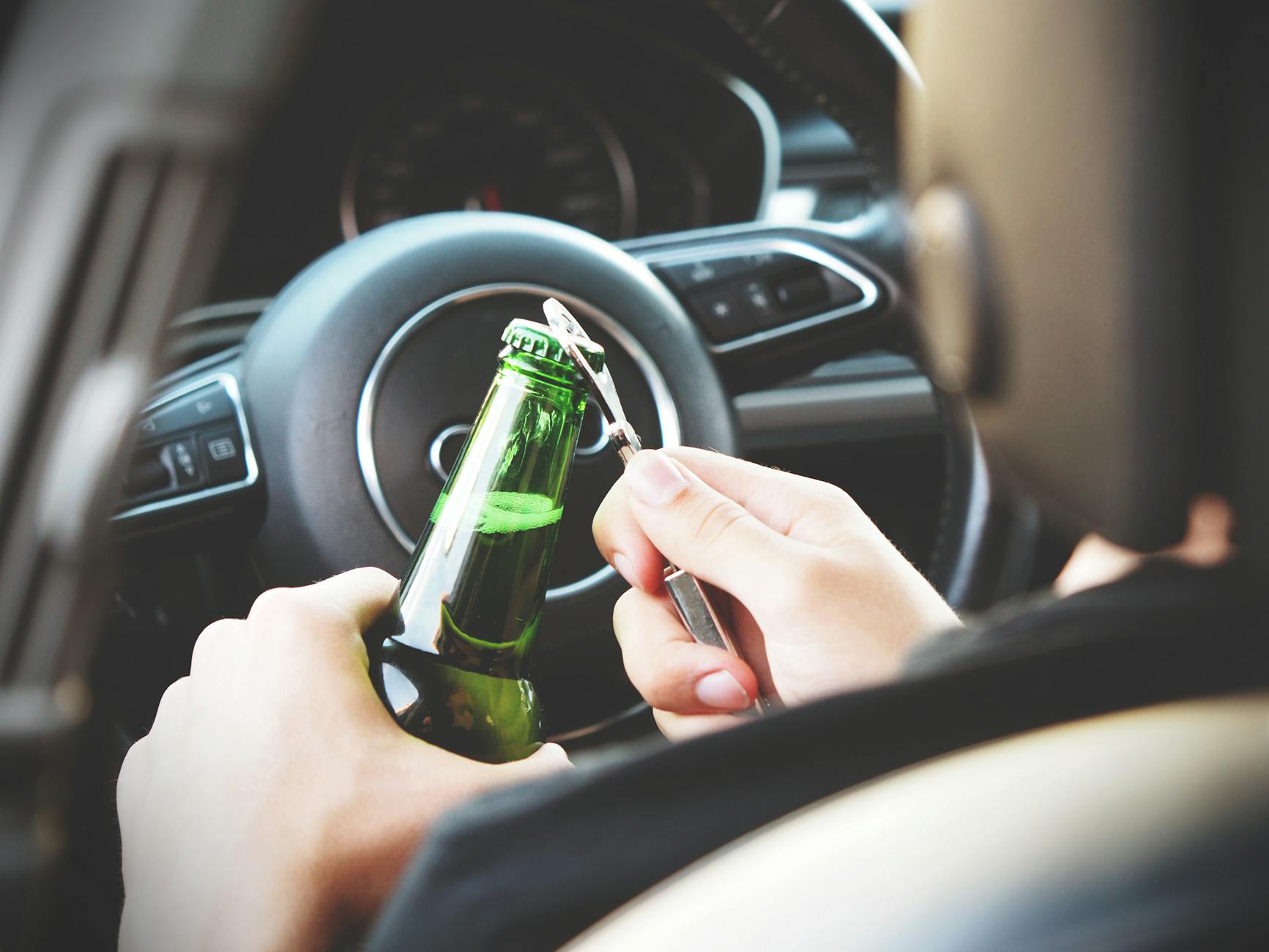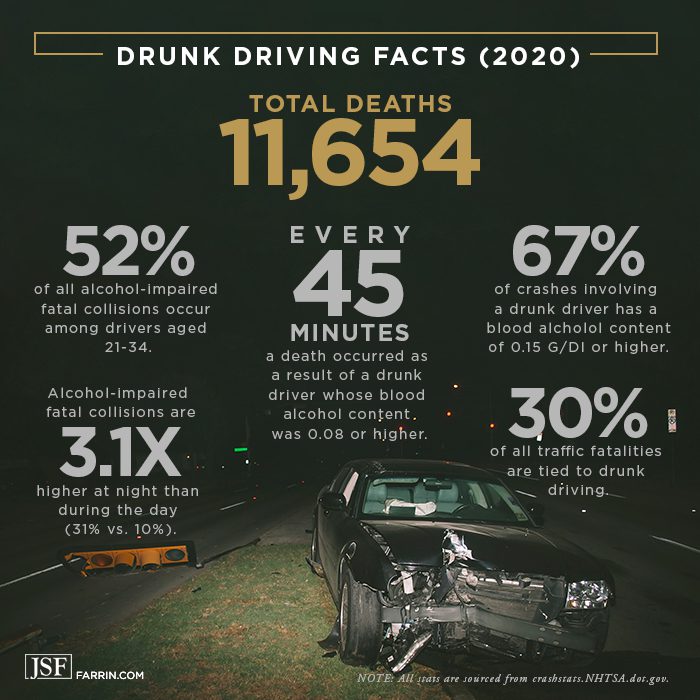Discover the science behind alcohol tolerance and how your body processes beer to determine the number of drinks needed.

Image courtesy of energepic.com via Pexels
Table of Contents
Have you ever wondered how many beers it takes to get drunk? The answer can vary widely depending on a variety of factors, from your body weight and metabolism to your tolerance levels and even what you’ve had to eat that day. Let’s dive into the science behind alcohol metabolism, individual tolerance levels, and the various factors that can influence intoxication.
Alcohol Metabolism
Alcohol metabolism is a complex process that begins as soon as you take your first sip. When you drink alcohol, it enters your stomach and then moves into your bloodstream, where it is transported to your liver for processing. The liver metabolizes alcohol at a fairly consistent rate, regardless of how much you’ve had to drink, typically breaking down one standard drink per hour.
Factors such as body weight, gender, and genetics can all impact how quickly your body metabolizes alcohol. For example, individuals with a higher body weight tend to be able to process alcohol more efficiently than those with a lower body weight. Additionally, women generally have a higher percentage of body fat and lower levels of an enzyme called alcohol dehydrogenase, which can slow down alcohol metabolism compared to men.
Calculating your blood alcohol concentration (BAC) can give you an idea of how intoxicated you may be. BAC is influenced by the amount of alcohol you consume, how quickly you drink, and your body’s ability to metabolize alcohol. It’s important to note that BAC can vary significantly from person to person, making it challenging to determine exactly how many beers it will take for you to feel drunk.
Individual Tolerance Levels
Tolerance plays a significant role in how much alcohol you can consume before feeling intoxicated. Tolerance refers to your body’s ability to withstand the effects of alcohol, and it can be influenced by a variety of factors, including your drinking habits and overall liver health. Regular drinkers tend to develop a higher tolerance for alcohol over time, meaning they may need to consume more to achieve the same level of intoxication.
Your individual tolerance level can impact the amount of alcohol it takes for you to feel drunk. For some individuals, just a few beers may be enough to feel tipsy, while others may be able to drink more without feeling the effects as quickly. It’s essential to be mindful of your tolerance levels and be aware of how different factors, such as stress or fatigue, can impact how alcohol affects you.
Influencing Factors on Intoxication
Several factors can influence how quickly and intensely you feel the effects of alcohol. One of the most significant factors is food intake. Eating a meal before drinking can help slow down the absorption of alcohol into your bloodstream, potentially reducing the likelihood of feeling drunk quickly.

Image courtesy of www.farrin.com via Google Images
Hydration is another essential factor to consider when drinking alcohol. Staying hydrated can help your body process alcohol more efficiently and may help you feel less drunk overall. Additionally, certain medications can interact with alcohol and intensify its effects, so it’s crucial to be aware of any potential interactions.
The concept of “peak BAC” refers to the point at which your blood alcohol concentration reaches its highest level. This peak typically occurs about 30-90 minutes after your last drink, depending on how quickly you consumed alcohol and other individual factors. Being aware of your peak BAC can help you gauge how drunk you may be feeling and make informed decisions about your drinking.
Conclusion
Understanding how many beers it takes to get drunk is not a simple calculation. Alcohol metabolism, individual tolerance levels, and various influencing factors can all impact how alcohol affects you. It’s essential to approach alcohol consumption responsibly and be mindful of how your body responds to alcohol.
By staying informed about alcohol metabolism and intoxication, you can make more informed decisions about your drinking habits and ensure that you prioritize your health and well-being. Remember, the key is to drink responsibly and know your limits to avoid putting yourself or others at risk. Cheers to staying informed and staying safe!
Frequently Asked Questions
How many beers does it take to get tipsy?
Answer 1: The number of beers needed to feel tipsy can vary based on individual factors like body weight, metabolism, and tolerance levels, making it challenging to provide an exact count.
What factors influence how quickly you feel intoxicated?
Answer 2: Various factors, including food intake, hydration, medications, and peak BAC levels, can impact how alcohol affects your body and how quickly you may feel intoxicated.
How does alcohol metabolism affect intoxication?
Answer 3: Alcohol metabolism is a process that involves the liver breaking down alcohol at a consistent rate, typically one standard drink per hour, influencing your BAC levels and the effects of intoxication.
Can tolerance levels affect how many beers it takes to get drunk?
Answer 4: Yes, tolerance levels play a vital role in how much alcohol you can consume before feeling intoxicated. Higher tolerance levels may require more beers to achieve the same level of intoxication compared to individuals with lower tolerance levels.
Powered by Texta.ai Blog Automation
Leave a Reply